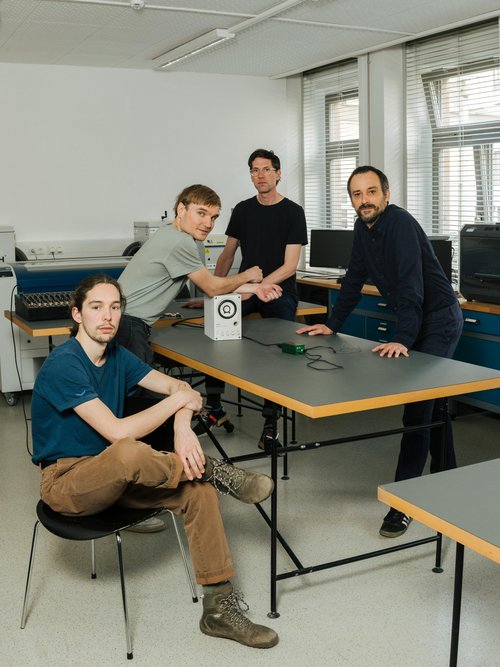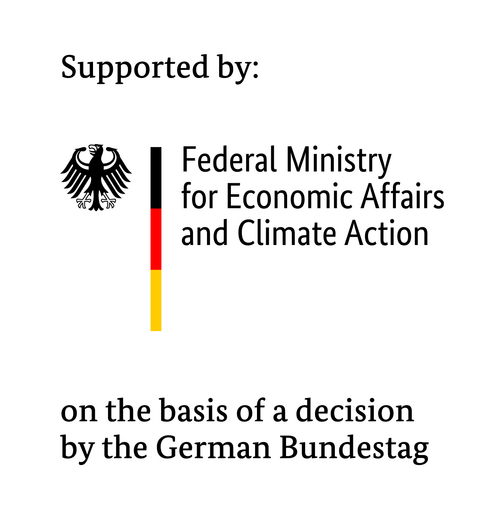Musical instruments with innovative strings that work without resonators and pickups
Entirely new types of strings for musical instruments are being developed as part of a research project funded by the Federal Ministry for Economic Affairs and Climate Action currently underway at the Bauhaus-Universität Weimar. In future, a research team from the Professorship for Interface Design within the Faculty of Art and Design will explore how sensors can be integrated into the strings of musical instruments. A partner from industry is also being involved in the project to enable the innovative strings to be brought to market maturity.
»The piezoelectric string for musical instruments opens up entirely new possibilities in the design of instruments,« explains Dr Max Neupert, who is the project lead at the Bauhaus-Universität Weimar. »In contrast to conventional strings, the new instruments no longer require a resonator. Electromagnetic pickups are installed in electric guitars, for example, which will no longer be needed in the future. Microphones also become superfluous, as the signal is picked up directly at the source. Both the range of sound aesthetics and possible playing techniques will be expanded.« The characteristic timbres previously produced by the resonator can be simulated perfectly and added electronically. Both the resonator and the resonance in the room can thus be altered digitally at any time. Allowing for a variety of design options, which in conventional instruments are pre-set and cannot be changed.
In the new type of string, vibrations are converted directly into electrical signals. The string then becomes its own pickup and serves as a microphone for vibrations and touch along its entire length. A special functional layer made of a polymer affording piezoelectric properties that Neupert integrates into the string is responsible for this. Piezoelectricity is a phenomenon whereby an electrical charge is generated when the pressure on the material changes. When the string is plucked, mechanical tension is created in the oscillating change of vibration, which allows a clear signal to be obtained of the respective tone.
»Playing musical instruments is a highly complex interaction between human and apparatus,« explains Martin Hesselmeier from the Professorship for Interface Design within the Media Art and Design study programme. »Instruments are also a kind of interface that we interact with. Hence research into the strings of musical instruments presents the professorship with a particularly fascinating task.«
The research project collaborates with a partner from industry to bring the new technology to market maturity so that the participating medium-sized company can implement its own innovations. Other industries can also benefit from the research, for example to predict structural failure due to material fatigue or wear.
The Weimar-based research group affords an international network; scientists from renowned institutes in Princeton, San Diego, Seoul, Lyon, London and Linz are involved in the project. The strings are to be brought to market maturity in the coming two years. They will then be integrated into different instruments and examined scientifically.
The development of the research project is continuously documented at www.uni-weimar.de/piezosaite.
The project is being supported within the »Central Innovation Programme for SMEs (ZIM)« funding line of the Federal Ministry for Economic Affairs and Climate Action and funded by the Federal Ministry for Economic Affairs and Climate Action on the basis of a decision by the German Bundestag.
In case of questions, please email the project lead, Dr. Max Neupert (max.neupert[at]uni-weimar.de).


